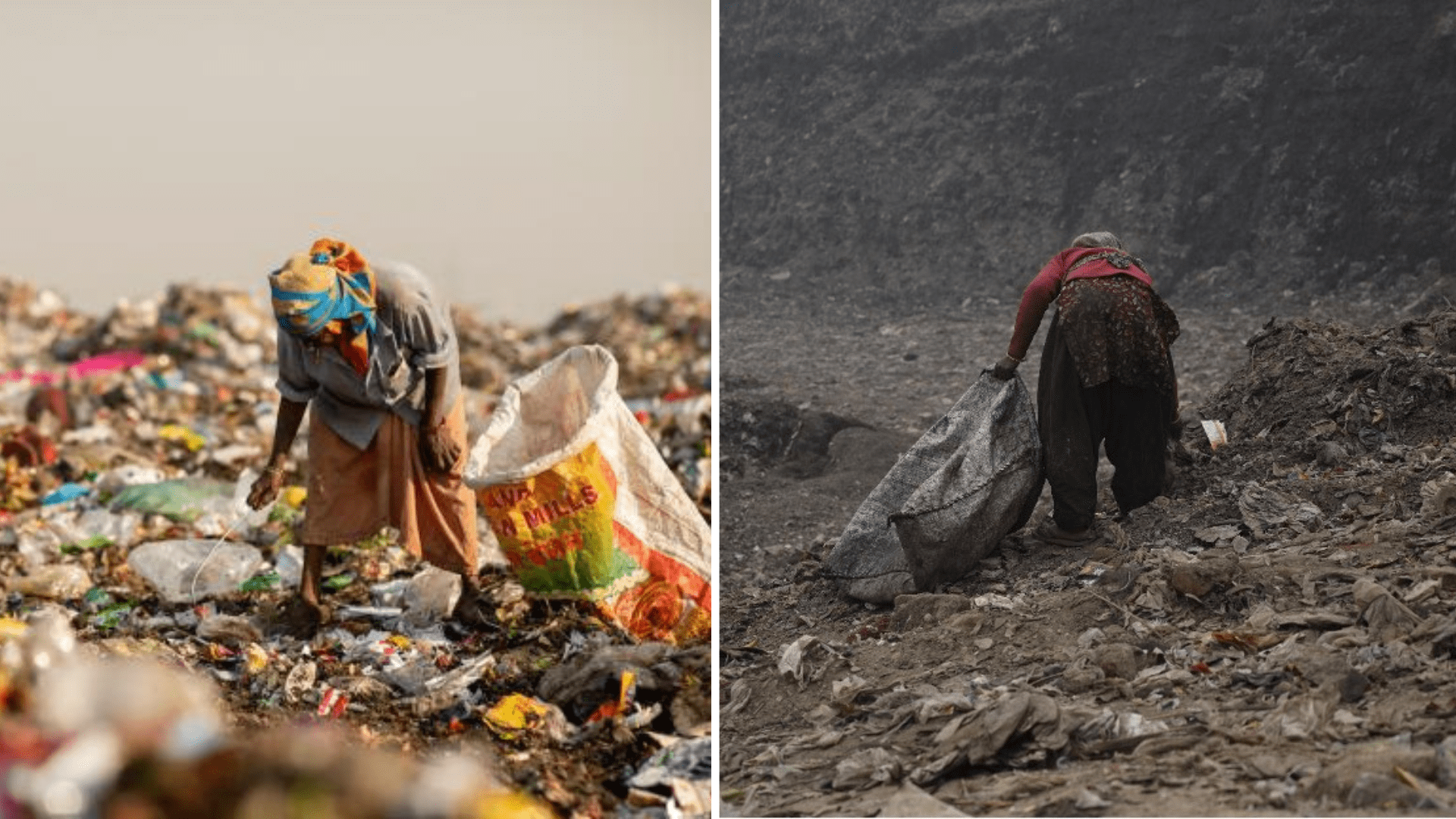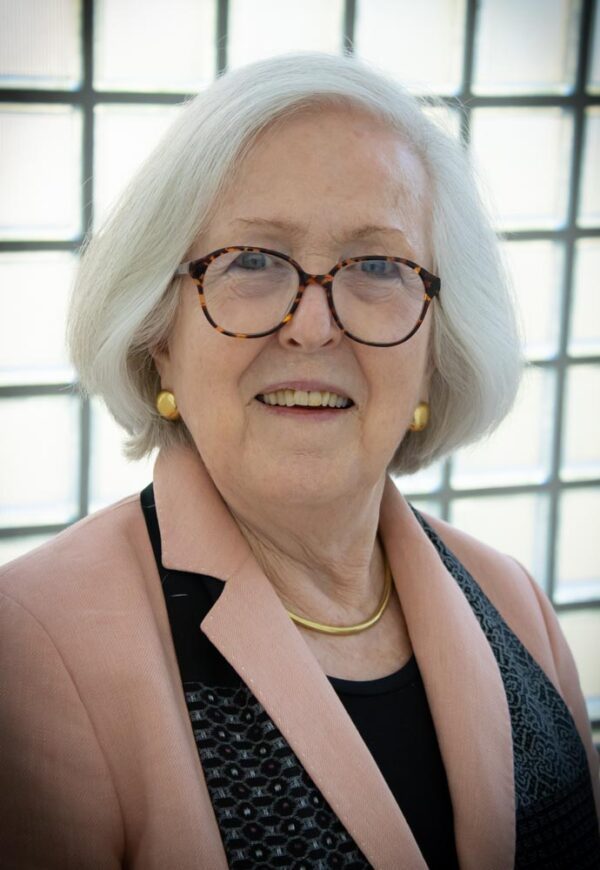
The 1800 Histories project, based at the Harvard Center for History and Economics, seeks to understand the local conditions surrounding more than a thousand key sites—referred to as “ultra-emitters”—that play a disproportionate role in methane emissions and, by extension, climate change. Among the 323 sites in the 1800 Histories database linked to human activities, nearly all are associated with waste disposal. These waste disposal sites are particularly concentrated in South Asia, with 156 in Pakistan, 76 in Bangladesh, and 56 in India. Located primarily near major cities such as Lahore, New Delhi, and Dhaka, these landfills are not only significant contributors to local land, air, and water pollution but also to global greenhouse gas emissions. Despite their environmental impact, these sites serve as workplaces for thousands of individuals, who, while sorting waste, face hazardous and unsafe working conditions.
Series of micro-histories
The 1800 Histories project recently presented the first three in a series of micro-histories by a group of women associated with WIEGO, the Women in Informal Employment: Globalizing and Organizing network, and with The Global Alliance of Waste Pickers.
The first essay, which provides an introduction to the work of WIEGO, is by Harvard Professor Martha Chen, one of the founders of WIEGO in 1997, together with Ela Bhatt and Renana Jhabvala of SEWA.
The second essay, about the Ghazipur landfill in New Delhi, is by Shalini Sinha of WIEGO.
The third essay, by Poornima Chikarmane and Lakshmi Narayan, is about an innovative programme at the Uruli landfill site near Pune, India.

Martha Alter Chen
Waste Pickers Help Reduce Methane Emissions: The Case of Landfills in Delhi, India
An excerpt of an essay by Martha Alter Chen, Mittal Institute Steering Committee member and co-founder of WIEGO
Dumpsites and landfills around the world are a major source of methane emissions, particularly in lower income countries where biodegradable waste, especially but not exclusively food waste, comprises a relatively large share of waste and is often not segregated from non-degradable solid waste.
The situation would be worse if it were not for the waste pickers and waste dealers in the informal recycling sector who collect, sort, segregate, process, and sell recyclable waste materials — paper, cardboard, plastic, glass, metal, and more – for use by industry as raw materials or packing materials; as well as reusable waste – clothing, cutlery, crockery, glassware, electronic goods, car parts and more – for sale to secondhand dealers or at flea markets ( WIEGO 2012 and 2011). If not reclaimed and recycled by the waste pickers, many of these materials — including paper, cardboard, clothing, and some plastics — would generate methane over long periods of time as they decompose and decay in dumpsites and landfills (Ibid.).
The Women in Informal Employment: Globalizing and Organizing (WIEGO) network supports waste picker organizations around the world and has helped build an International Alliance of Waste Pickers. WIEGO collaborated with Green Partners, an environmental consulting group, to develop a methodology and calculator tool tested by member organizations of the Alliance for estimating how much greenhouse gas emissions are averted by waste pickers. The Greenhouse Gases Emission Calculator measures the greenhouse gas emissions prevented by waste pickers by reclaiming waste that would otherwise decay or be burned; by substituting recycled materials for virgin raw materials and packing materials; and by using energy-saving manual collection and sorting methods as well as energy-saving transportation. The tool calculated that each year in Pune city, India, the nearly 4,000 members of the local SWaCH waste picker cooperative avert the emission of 167,301 tons of equivalent CO2 (eCO2) by collecting waste which would otherwise be open burned in underserved communities; and another 1,424 tons of eCO2 by operating manual pushcarts rather than conventional waste collection trucks.
